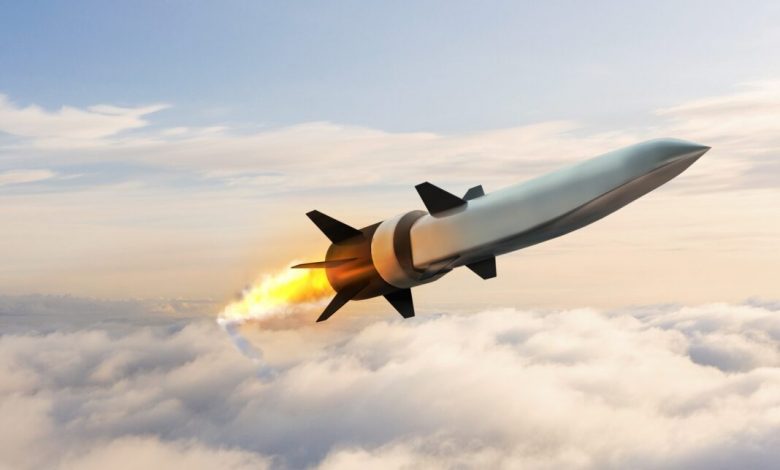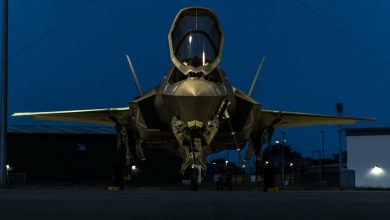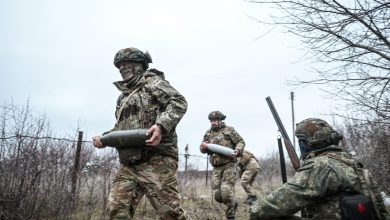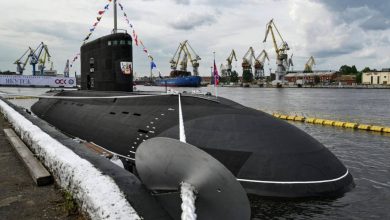The US tested a mystery hypersonic missile

The Defense Advanced Research Projects Agency (DARPA) announced on Tuesday that its Hypersonic Air-breathing Weapon Concept (HAWC), a missile program conducted in partnership with the U.S. Air Force, completed another successful free flight in early July.
Photos of the tests, as well as the image of the missile itself, were not published.
According to a press release from DARPA, this is the second demonstration vehicle built by Raytheon Technologies in partnership with Northrop Grumman to meet test objectives. The first Raytheon flight was in September 2021. It was followed by success with a different contractor’s vehicle configuration this past spring.
This second flight of Raytheon’s HAWC design leveraged data collected during the 2021 flight. After release from an aircraft, the first stage boosted the vehicle to the expected scramjet ignition envelope. From there the missile’s Northrop Grumman scramjet engine fired up and propelled the cruiser to speeds greater than Mach 5 (five times the speed of sound) for more than 300 nautical miles and reaching altitudes higher than 60,000 feet.
“This most recent test allowed exploration of more of the flight and scramjet engine operating envelopes,” Andrew “Tippy” Knoedler, HAWC program manager in DARPA’s Tactical Technology Office. “DARPA demonstrations are always about learning, whether it’s in the interest of feasibility or practicality, and this time we certainly got new information that will further improve performance.”
Scramjet engines use high vehicle speed to forcibly compress incoming air before combustion to enable sustained flight at hypersonic speeds – Mach 5 or greater. The system was designed to use a widely available hydrocarbon fuel, and since it uses air for combustion, it does not have to carry the added weight of an onboard oxidizer. These key attributes allow for a safe, efficient, and tactically sized, long-range hypersonic weapon. By traveling at these speeds, hypersonic weapons like HAWC can reach their targets more quickly than traditional missiles, allowing them to potentially evade defense systems.
Air-breathing vehicles use air captured from the atmosphere to achieve sustained propulsion. The speed and maneuverability of such hypersonic cruise missiles allow both evasion of defenses and quick strikes.
“The Navy and Air Force will have access to the data we’ve collected as they make development decisions for future high-speed weapons,” said Knoedler.
The HAWC flight test data will help validate affordable system designs and manufacturing approaches that will field air-breathing hypersonic missiles to warfighters in the near future.





